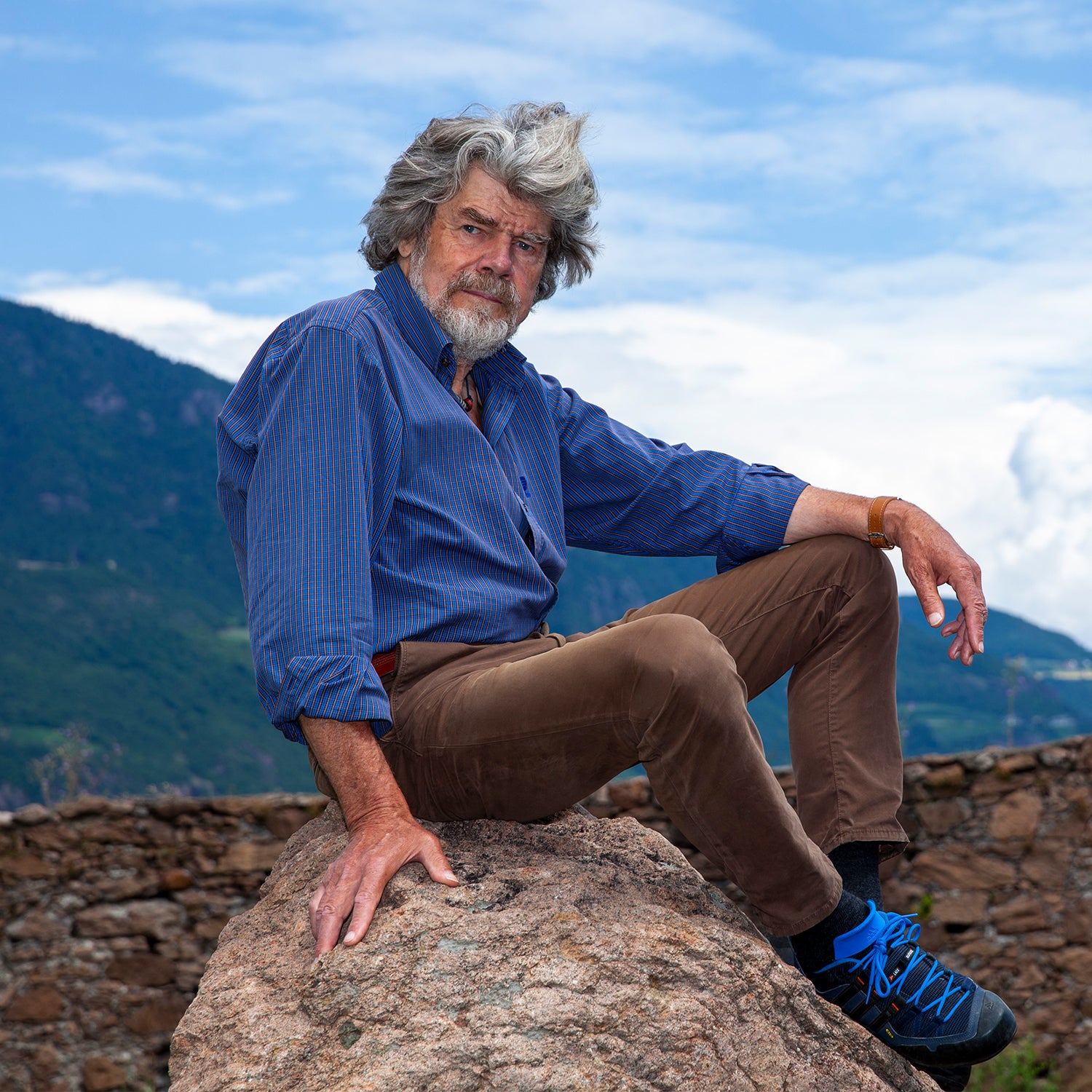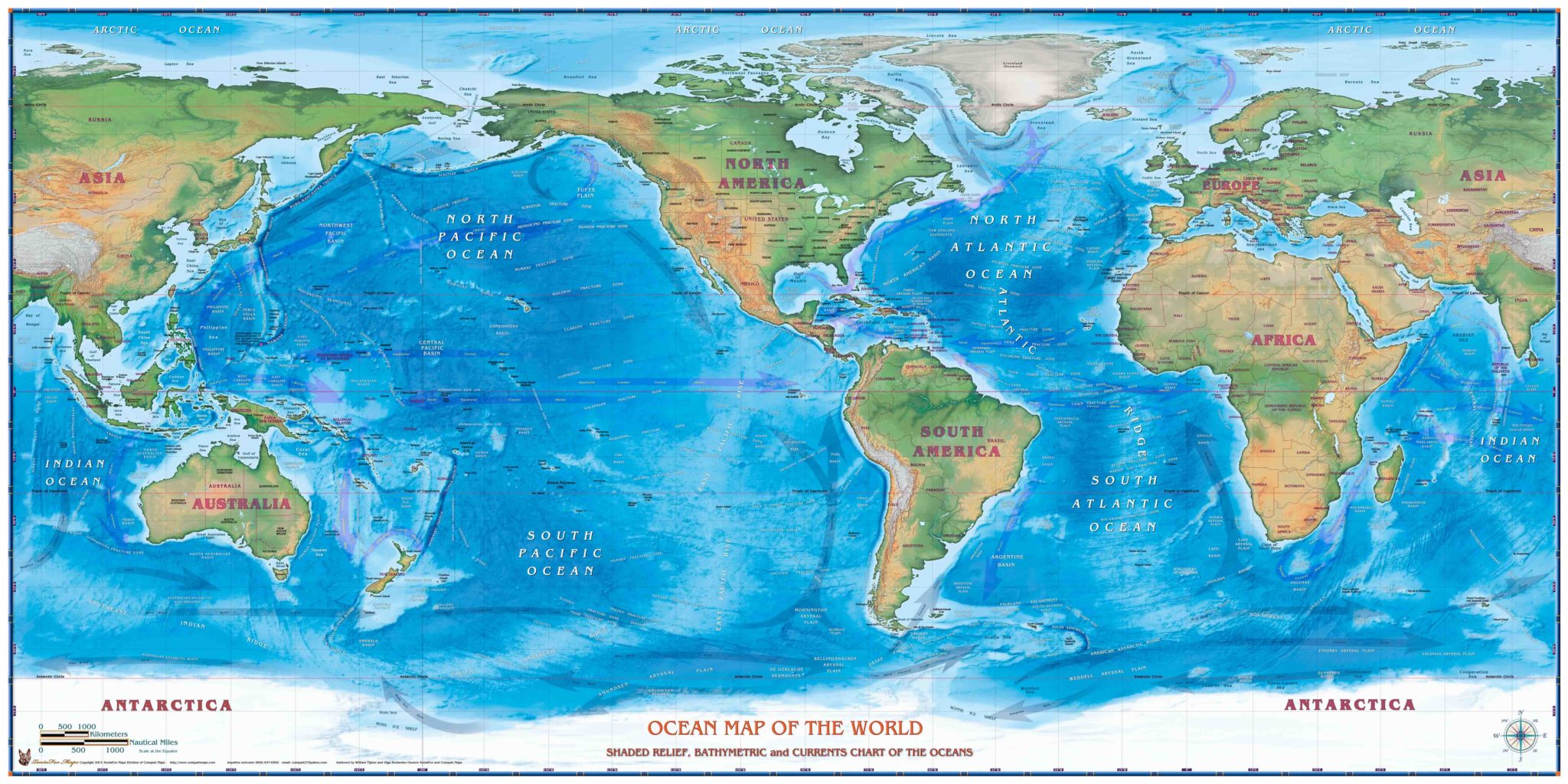Twice to the Top: Reinhold Messner’s Everest Legacy
Reinhold Messner, one of the greatest mountaineers in history, made history not once, but twice on Mount Everest. His story is not only about scaling the world’s highest peak, but also about pushing the boundaries of human endurance, determination, and passion for mountaineering.
Early Life and Mountaineering Journey
Born on September 17, 1944, in South Tyrol, Italy, Reinhold Messner grew up surrounded by the Dolomite mountains, which became the foundation for his lifelong passion for climbing. His early expeditions, including numerous ascents in the Alps, cemented his drive to scale higher peaks.
At the young age of 25, Messner reached the summit of Mount Everest for the first time on April 20, 1978, as part of a team from Italy. But what made this expedition groundbreaking wasn’t just the fact that he reached the top—it was the method he chose to use. Messner climbed Everest without supplemental oxygen, an achievement that many believed was impossible at the time due to the extreme altitudes. This was his first major success in a series of pioneering achievements in the world of mountaineering.
The First Ascent of Mount Everest: 1978
On his first successful ascent of Mount Everest, Messner was part of an Italian expedition led by his brother, Günther Messner. The pair reached the summit via the southern route, though their journey was marked by controversy. The pair faced treacherous conditions, and the descent became a defining moment. Günther tragically lost his life during the descent when he became separated from Reinhold. This event would haunt Messner for the rest of his life, and it deeply shaped his future climbing philosophy.
While Messner was able to reach the summit, the death of his brother instilled in him the importance of climbing without relying on artificial aids like oxygen. This led to his determination to attempt future climbs using only his own physical abilities.
The Second Ascent: 1980
What makes Messner’s second ascent of Mount Everest particularly noteworthy is the way in which it redefined climbing ethics. After reaching the summit of Everest in 1978, Messner was not content with just being part of a historic climb. His second attempt, two years later in 1980, was a solo expedition—a climb done without any support team, without supplemental oxygen, and without fixed ropes. This ascent was one of the most daring feats in mountaineering history.
In 1980, Messner reached the summit via the notoriously difficult North Face of the mountain. This face had long been considered one of the hardest and most dangerous routes on Everest. The harsh conditions, the isolation of a solo climb, and the challenge of climbing without oxygen added enormous risks, but Messner’s unwavering determination and experience in the Himalayas helped him overcome the extreme conditions. His achievement of the second summit marked him as the first person to have successfully climbed Everest twice, a feat that would forever change the history of mountaineering.
Why Messner Attempted Everest Again
Reinhold Messner’s decision to climb Mount Everest a second time wasn’t motivated by a desire for fame or recognition. Instead, it was driven by several personal and philosophical reasons:
1. The Quest for Self-Sufficiency
Messner had always been focused on the concept of self-reliance in mountaineering. His first ascent in 1978 was shared with a team, and although he had accomplished the feat without supplemental oxygen, he wanted to prove that he could climb the mountain on his own, without any external assistance. This philosophical belief in self-sufficiency became central to his approach, and his second attempt was meant to embody this principle fully.
2. Mastery of Difficult Terrain
Everest had always intrigued Messner, not only as the highest peak in the world but as a symbol of the ultimate mountaineering challenge. The North Face of Everest, the route he chose for his second attempt, was considered far more dangerous and difficult than the standard route. Climbing solo without fixed ropes or oxygen was a challenge that tested not just his physical strength, but his mental fortitude and his mastery of the technical aspects of climbing.
3. Personal Redemption
The death of his brother, Günther, during their first Everest expedition haunted Messner. The tragedy of losing his sibling and the guilt associated with it motivated him to achieve something even more extraordinary. Climbing Everest solo and without supplemental oxygen symbolized Messner’s personal redemption. The second ascent was an act of atonement for the death of his brother, as it embodied his ability to endure personal loss and continue pushing forward.
4. Climbing for the Love of the Mountain
For Messner, mountaineering was always about more than reaching the summit—it was about the experience of climbing, the personal journey, and the connection with nature. The second climb was not motivated by fame, but by his love for the mountains and his desire to continue exploring and pushing his limits.
Legacy: Reinhold Messner’s Impact on Mountaineering
Reinhold Messner’s two ascents of Mount Everest—particularly his second, solo and oxygen-free—were monumental achievements that reshaped the approach to high-altitude climbing. His insistence on climbing with minimal support helped shift the ethics of mountaineering, encouraging future climbers to rely on their own physical and mental capabilities.
Messner would go on to achieve many more extraordinary feats, including being the first person to summit all 14 of the world’s 8,000-meter peaks. His philosophy of climbing, focused on self-reliance, respect for the mountain, and a deep understanding of human endurance, has left a lasting legacy.
He remains one of the most revered and influential figures in the world of mountaineering, inspiring countless climbers to test their own limits and challenge the boundaries of human potential.
Samuel Morse and the Telegraph Revolution | Maya
In Summary
Reinhold Messner’s story of climbing Mount Everest twice is a tale of courage, self-discovery, and a relentless pursuit of personal and philosophical growth. His second ascent, in particular, marked a turning point in the history of high-altitude mountaineering. Messner’s decision to return to Everest, driven by his desire for self-sufficiency, personal redemption, and the love of the mountain, exemplifies the spirit of exploration and the pursuit of human excellence. His legacy continues to inspire climbers to push the limits of what is possible in the world of high-altitude adventure.




